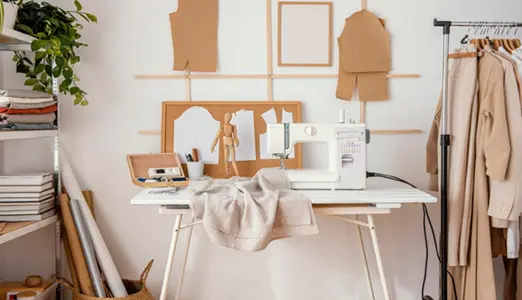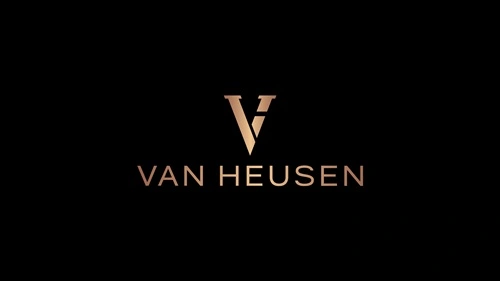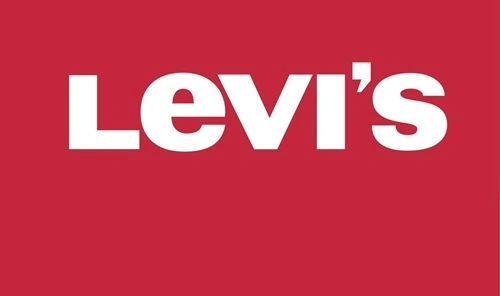Fashion is an art form that grows perennially and continues to take shape, painting the ever-changing cultural landscape. It gives birth to two very prominent professions in this dynamic industry: fashion styling and fashion design. They may sound pretty similar to any other undeveloped eye, but they offer pretty different careers with different paths and experiences to be had. In this blog, understand the nuance of fashion styling and fashion design. Learn what makes them different in terms of roles, responsibilities, and basic skills to be acquired on their way to ace them. Besides, have a look at the diploma programs that AAFT has designed for aspiring professionals in such exciting domains.

Fashion Styling: The Art Of Curation
Fashion styling involves the creative selection and coordination of clothing, accessories, and other fashion items to express specific themes or looks. Professional stylists work behind the scenes of a fashion photo shoot, a fashion show, or a commercial, as well as with private customers through wardrobe consultations. Their department keenly presents fashion in the most visually attractive possible way to make it approachable and desirable.
It refers to the constant updating by the stylists about the trends occurring at any moment and developing skills that can be applied to any kind of client and project. It has become possible nowadays, especially with online courses on fashion styling, to get professional training from home, hence making entry into this field far easier than before.
Roles and Responsibilities of a Fashion Stylist
- Client Consultation: Understanding the client’s vision, preferences, and needs.
- Trend Research: Staying up-to-date with the latest fashion trends, colours, and styles.
- Wardrobe Selection: Choosing clothing and accessories that align with the desired look.
- Outfit Coordination: Combining different pieces to create cohesive and stylish ensembles.
- On-Set Adjustments: Making real-time adjustments during photoshoots or events to ensure perfection.
- Collaboration: Working with photographers, makeup artists, and designers to achieve the final look.
Skills Required for Fashion Styling
- Creativity: The ability to visualize and create unique fashion looks.
- Attention to Detail: Ensuring every element of the outfit is perfect.
- Communication: Effectively conveying ideas and collaborating with team members.
- Trend Awareness: Keeping abreast of current and upcoming fashion trends.
- Adaptability: Being flexible and making quick decisions during projects.
FASHION DESIGNING: THE CRAFT OF CREATION
It is involved in the origination, outlining, and production of clothes and apparel. Designers can, in essence, become visionaries by the introduction of new styles or novelties into the marketplace. They do this through sketching, prototyping, and further on to productions to bring out whatever they have in mind.
To become a successful fashion designer, one must understand the comprehensive fashion designing course syllabus, which covers everything from basic design principles to advanced garment construction techniques.
Roles and Responsibilities of a Fashion Designer
- Concept Development: Brainstorming and sketching new fashion ideas.
- Fabric Selection: Choosing appropriate fabrics and materials for designs.
- Pattern Making: Creating patterns that will be used to cut and assemble the garments.
- Sample Production: Overseeing the creation of prototype garments.
- Final Production: Managing the manufacturing process to ensure quality and adherence to the design.
- Market Analysis: Understanding market trends and consumer preferences to create commercially viable designs.
Skills Required for Fashion Designing
- Creativity and Innovation: Generating fresh and original design ideas.
- Technical Skills: Proficiency in pattern making, sewing, and garment construction.
- Artistic Ability: Strong drawing and sketching skills.
- Market Knowledge: Awareness of fashion trends and consumer behaviour.
- Problem-Solving: Addressing design and production challenges effectively.
Fashion Designing Course Syllabus
A typical fashion designing course syllabus includes:
- Introduction to Fashion Design: Basic principles and history of fashion design.
- Fashion Illustration: Techniques for drawing and presenting fashion ideas.
- Textile Science: Understanding different fabrics and their properties.
- Pattern Making: Creating patterns for various garment styles.
- Garment Construction: Techniques for assembling garments.
- Fashion Merchandising: Marketing and selling fashion products.
- Computer-Aided Design (CAD): Using software to create digital fashion designs.
- Portfolio Development: Creating a professional portfolio showcasing design work.
For those interested in fashion styling, there are numerous online fashion styling courses available that offer flexibility and accessibility. These would range from very basic, high-end styling concepts and will be most suitable to those intending to start their career or hoping to gain further skills in the field of fashion styling. Online courses in fashion styling would equip you with the experience taught by people in the industry and practical knowledge of fashion styling through various virtual assignments and projects.
Conclusion
Fashion styling and fashion design are both very different and exciting careers in fashion. One of the many focuses of stylists is curating and presenting fashion, while designers are creative people who come up with new styles. Both occupations need special talents and offer enormous potentials to those in love with their understanding of fashion. With proper education and training, much like what programs like AAFT have to offer, aspirants can build successful careers in such dynamic fields. Whether you’re attracted to the meticulous art of styling or some inventive craft of designing, the world of fashion awaits your creative touch.

